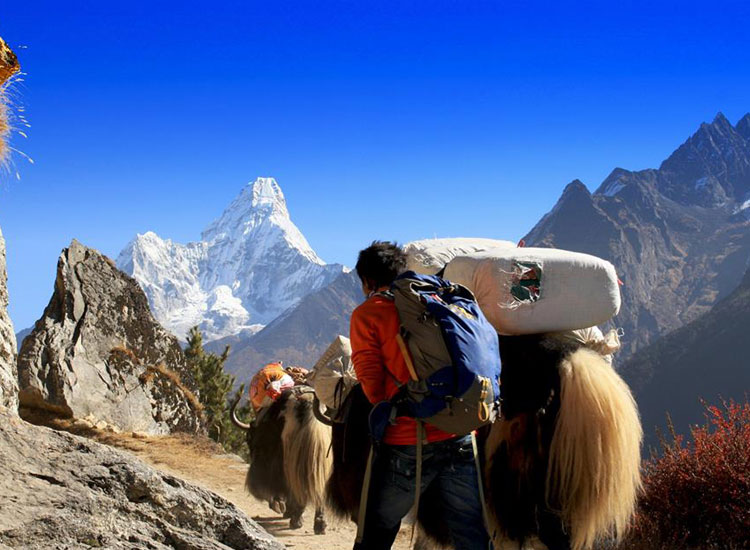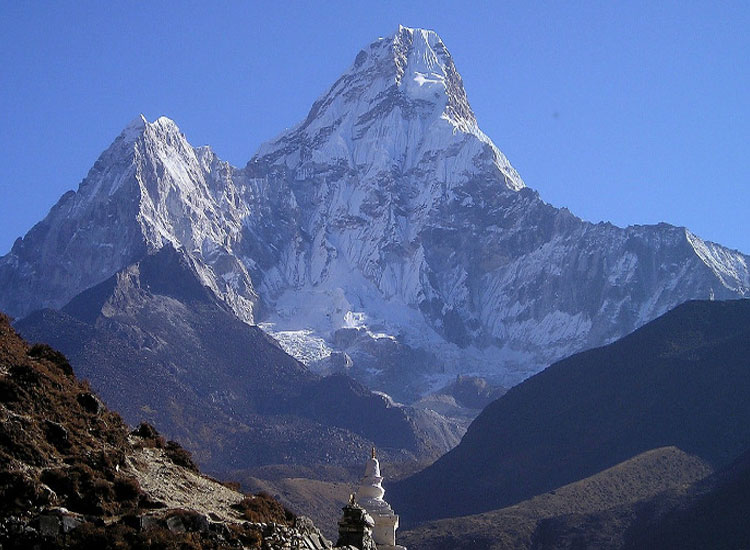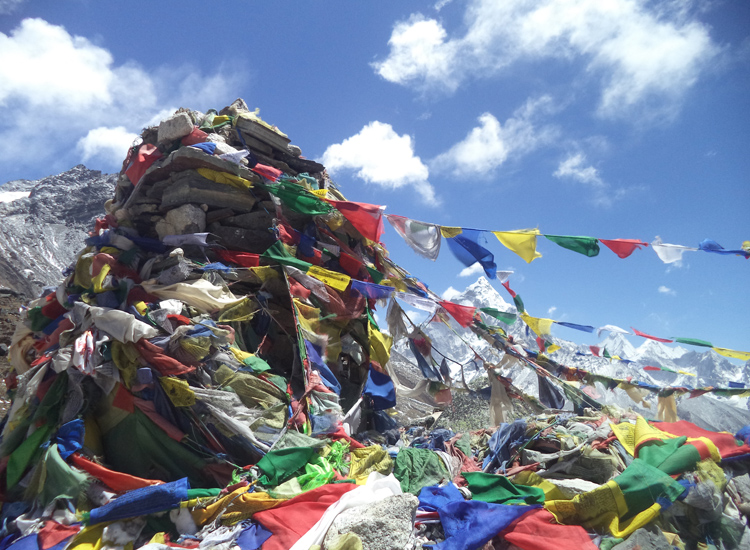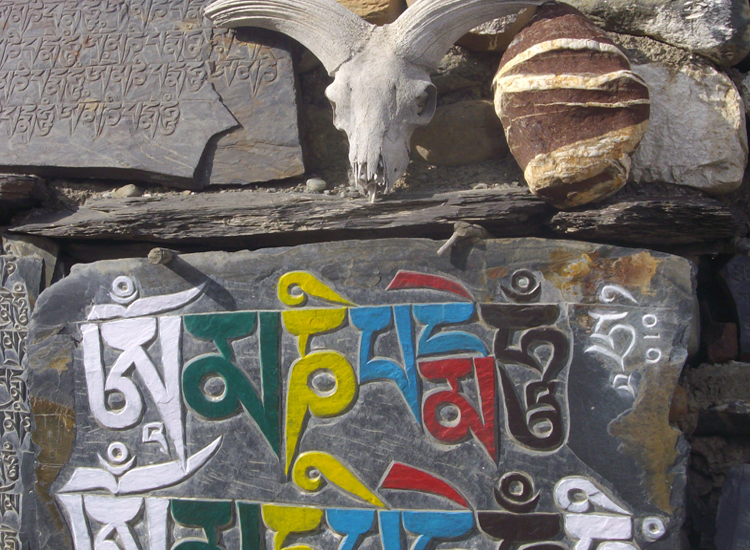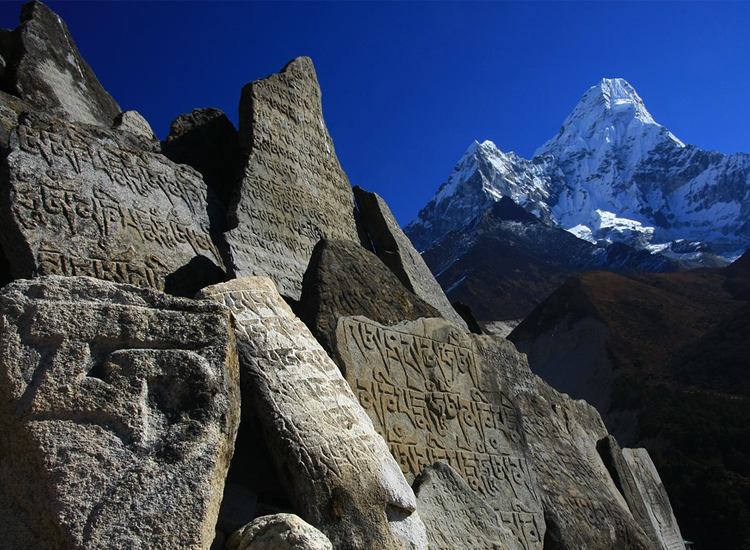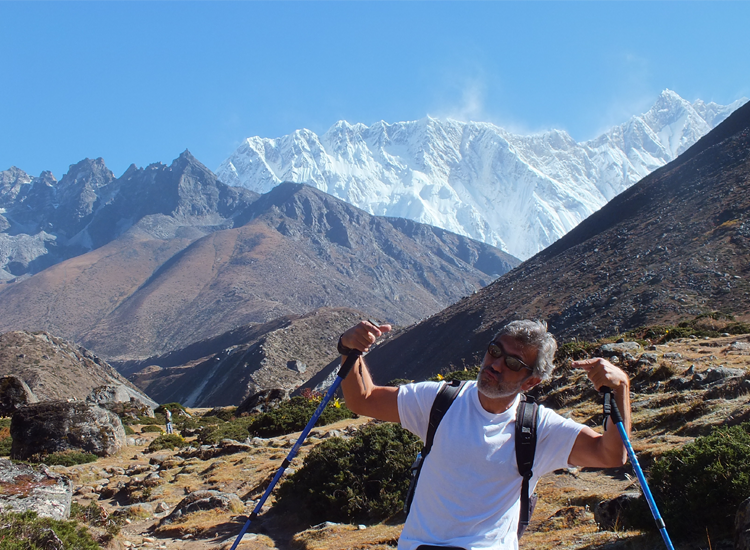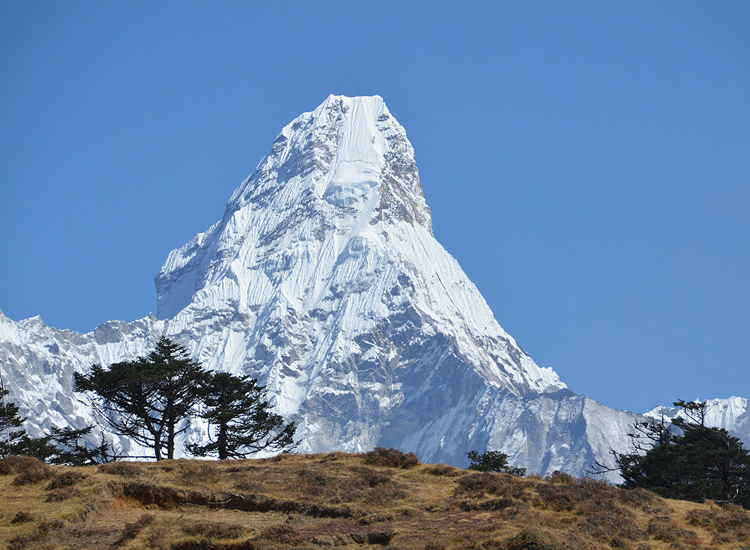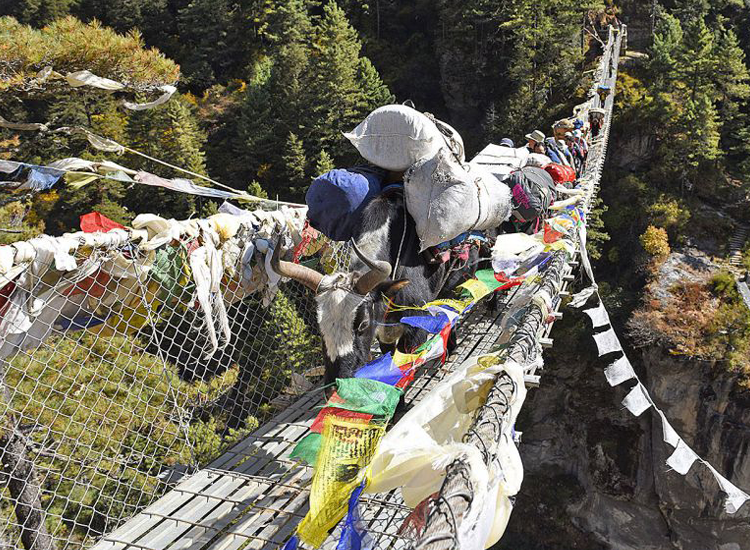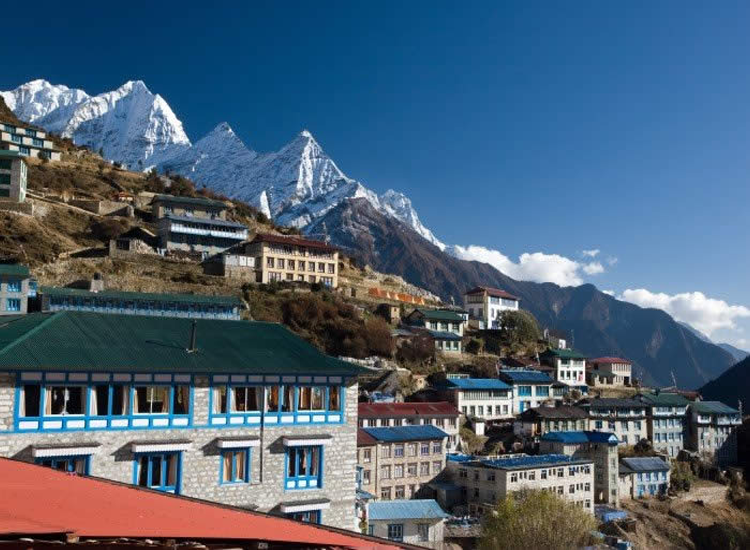The Everest Base Camp Trek is one of our favorite treks and we’d be delighted to help you explore this impressive region in Nepal.
Number one on most people’s wish list is the Everest Base Camp trek. You’ll get incredible views of the giant peak from the hill of Kala Pattar, a wonderful low-altitude loop from Lukla will take you to a string of fascinating Sherpa villages around Namche.
The definitive Everest Base Camp Trek, flying into Lukla & climbing to the viewpoint of Mt. Everest through breathless high alpine landscapes. Enjoy the natural openhearted friendliness of the Sherpa people and glacial valleys into unparalleled scenery.
The Everest Base Camp trekking is one of Nepal's most popular treks and rightly so. Just imagine standing right at the foot of Mount Everest, the highest mountain in the world. Trekking to mountain peak - called Sagarmatha in Nepali and Chomolungma (Mother deity of the World) in Tibetan and Sherpa - has a long tradition. The trail is very well developed with comfortable and quirky tea houses along the way. Our trip leads you through the Solukhumbu region slowly up the valley, tracing the path of the successful British 1953 expedition all the way to the Everest base camp. Along the way, you will see some of the most impressive mountains like Cholatse and – the favorite of many visitors – Ama Dablam. If you feel up to it, you can hike up Kala Pathar (5,554m) which offers a magnificent panorama of Everest, Lhotse, Cho Oyu, Pumori, Nuptse, and many more famous mountains as well as the Khumbu glacier.
With Incredible Himalayan Sherpa Adventure, you'll not only be able to enjoy this unique landscape but you'll also have the chance to observe the traditions and rituals of the local Sherpa people. We put great emphasis on authentic experiences and our professional local guides will introduce you to their culture.
All our treks are often set-aside as non-public journeys - no massive, impersonal teams however tiny, individual experiences. Let Incredible Himalayan Sherpa Adventure take you on your very own adventure trek to Mount Everest.
We always try to keep our guests happy and satisfied, therefore we manage well-behaving friendly human resources. We are waiting for you to join us for such an exciting and unforgettable trip.
Trekking Highlights Include
- Admire Everest Base Camp, contemplate the history of its exploration and some of the highest mountains in the world
- Stand on top of Kala Patthar and observe some of the highest mountains of the world and Discover the rich culture of Solukhumbu, the Sherpa heartland
- Panoramic Himalayan peaks and valleys, including views of Mt. Everest’s southwest face and surrounding peaks ? Accompaniment by a highly trained and experienced guide to optimize each individual’s experience
When To Go
September to November are the traditional peak months to visit with clear weather abd mild to average temperatures. These short months are also when the majority of trekkkers depend upon and trails and it can get crowded.
In recent years early December has become popular with trekkers ofeering less crowds though temparatures tent drops rapidly. March-May is the second popular time to visit Everest Base Camp.
What to expect
In this book, we begin from the most popular starting point at Lukla. This will involve one of the most exhilarating plane rides of your life. A highlight for many.
From there you will trek straight into the forested mountain wilderness all the way to the fabled town of Namche. The skies here are often pristine blue with eagles and birds of prey soaring high above while on the ground Himalaya tahr and musk deer are often seen. During the spring, rhododendrons bloom and valleys are lush with greenery. Moving on up you will start to get glimpses of Mount Everest as yaks graze on the mountain slopes. High altitude monasteries can be visited and some of the most majestic peaks in the world will soon surround you.
Price
USD1375/ PaxDuration
Season
Region
Grade
Altitude
Walking
Accommodation
Trip Type
Transportation

Certificate of Excellence
Based of services & reviewTrek Map
 Click to View
Click to View
Travel With IHSA?
Need More help ?
Talk to our travel experts by phone, email, WhatsApp/Viber, WeChat! We love to talk travel ! We're here to help and happy to assist you with your booking and make your dream come true.

Mr. Tsering D. Sherpa
(National Mountain Leader)
Mountaineering, Treks & Tours
- +977-9862258888
(WhatsApp,Viber)7/24 - mytrek2@gmail.com
info@himalayansherpaadventure.com
YOU MAY ALSO ENJOY TRIPS
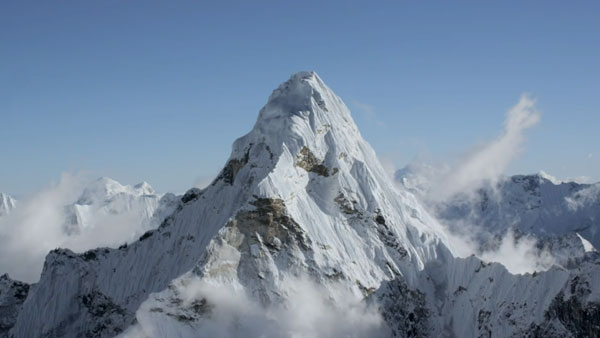
Everest View Trek
The definitive Himalayan trek, flying into Lukla & climbing to ....
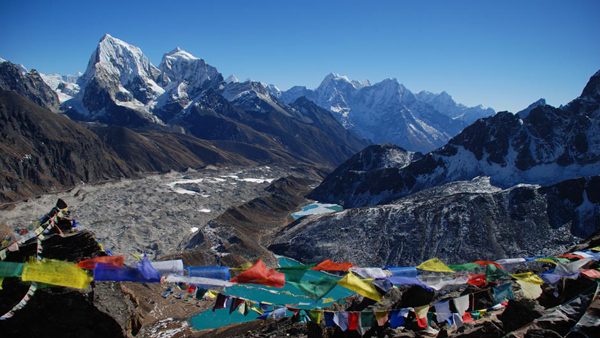
Everest Base Camp and Gokyo Lakes Trek
The definitive Gokyo Lakes & EBC trek climbing to the foot of ....
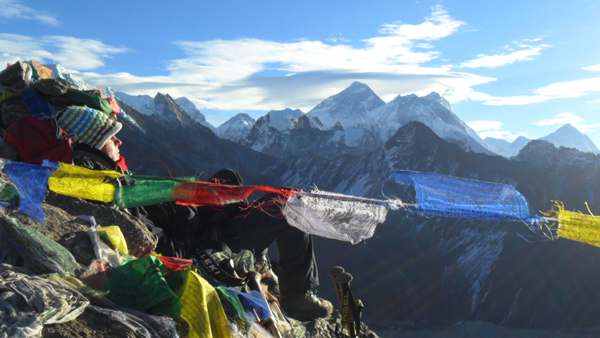
Everest 3 Passes Trek
Everest Three Passes is the ultimate Everest Circuit, rising ....

